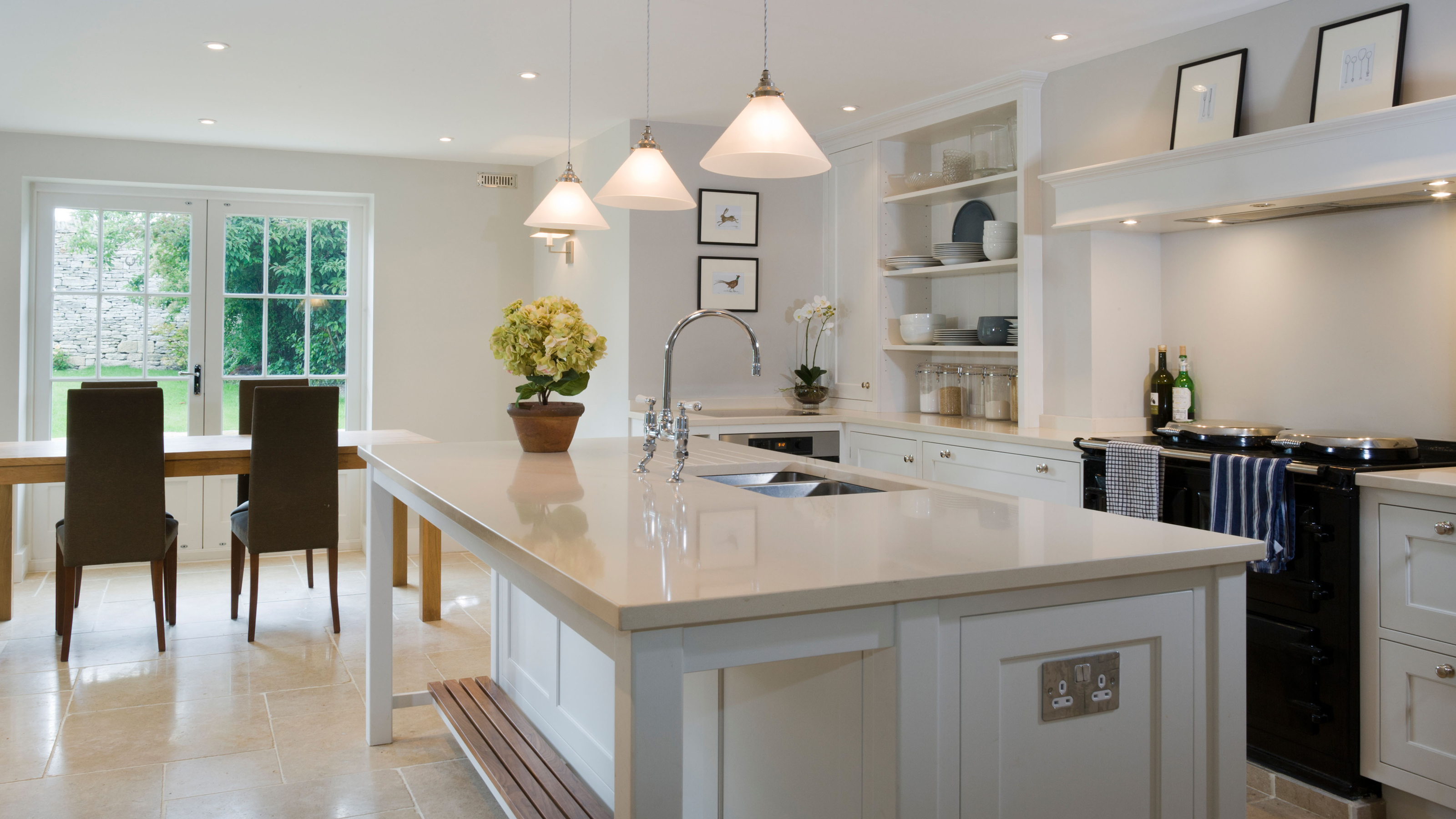
Anna K. Cottrell
Looking for baking soda cleaning tips? Baking soda is a natural cleaning marvel, suitable for just about every surface in your home and garden. From grimy kitchen appliances to patios, and from bathroom tiles to carpets, there's almost nothing this simple cupboard staple can't do – if you know how to use it.
If you've invested in the best oven you could buy and it isn't self-cleaning, baking soda is the next best option to remove burnt-on grease and food spills. While it's brilliant to lift stains from carpets, sanitize mattresses and so much more. We fully rate it as a pantry and cleaning cupboard essential.
1. Take on oven grime
Avoid commercial oven cleaners packed full of powerful, harsh chemicals by using simple baking soda. A failsafe, cheap option like the Arm & Hammer brand which you can find on Amazon. will help you freshen up your oven in a big way.
1. Remove all racks and trays for separate cleaning.
2. Use a bowl to mix bicarbonate of soda and water until you achieve the consistency of a spreadable paste.
3. Spread the paste all over the walls of the oven but avoid the heating elements.
4. For best results, leave overnight.
5. Wipe the oven walls clean with a damp cloth, removing as much bicarb as you can.
6. Use a spray bottle to squirt white wine vinegar onto the oven walls.
7. Wait for the foaming reaction when the vinegar comes into contact with any residue of bicarb and then wipe it off with a damp cloth.
8. Clean the racks and trays with a similar method by sprinkling bicarb on them and then spraying them with vinegar. Once the foaming reaction has occurred, soak them in hot water for a while to loosen the baked-on grime before scrubbing it off.
2. Deodorize a smelly fridge with baking soda
Even the best fridge can get a bit grimy and smelly every once in a while. If you leave a small open pot of bicarb in your fridge it will absorb any strong food odors. Stir it up occasionally so that it continues to be effective, replacing it with a new batch every few weeks. It’s also a great way to clean a fridge if you wipe over the shelves and walls with a soft, damp cloth dipped in bicarb before following it up with a cloth rinsed in warm water.
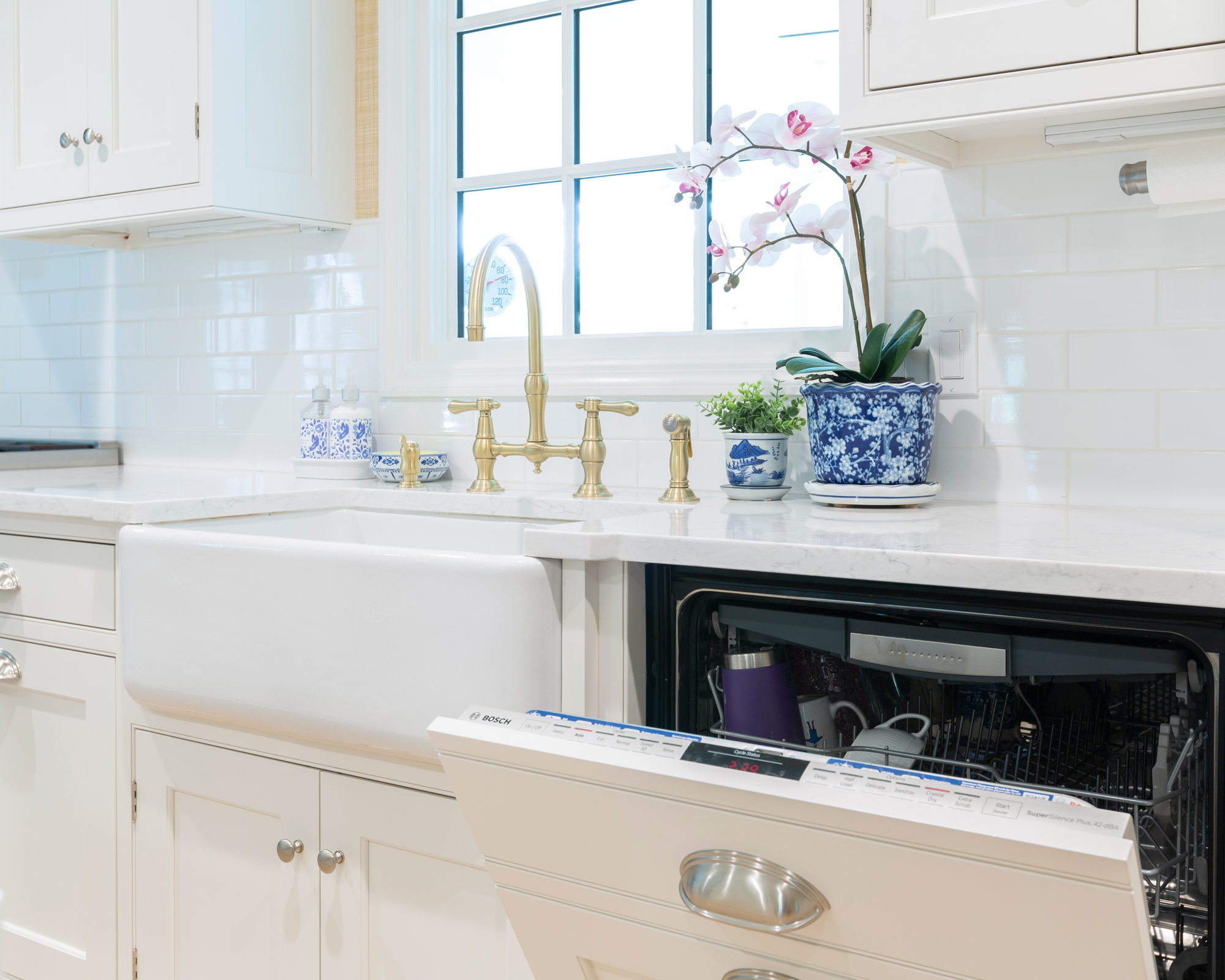
3. Tend to your dishwasher
Cleaning your best dishwasher with baking soda is very, very easy. You just sprinkle a generous amount of the soda down into the bottom of the dishwasher and put the appliance on the hottest cycle it can do, without any dishes. The baking soda will clean and deodorize your dishwasher as well as any commercially available product.
4. Freshen up your microwave
Clean a microwave by wiping it over with bicarbonate of soda on a clean, damp sponge that has been dipped in warm water and wrung out, before rinsing thoroughly. It won’t leave a harsh, chemical smell in the way that some shop-bought cleaners will. You can use baking soda to clean both the interior and the exterior of your microwave.
While you're at it, you can also use baking soda to cut through the grease that accumulates on your cooker hood and leave your worktops looking spruce.
5. Spruce up the carpet with baking soda
Smelly carpet? Sprinkle baking soda on the carpet, wait for 15 minutes or overnight, and then get busy with the vacuum cleaner. The bicarb will help to draw out any dust, dirt and odors to revive your carpets. Follow by giving a thorough go over with the best carpet cleaner or steam cleaner, if you've got one.
Need to tackle a carpet stain? Work the baking soda into the stain with a damp cloth as soon as you've noticed it; let sit for an hour, then gently scrub out with the cloth and/or brush.
6. Sanitize your mattress with baking soda
Spent a lot of money on the best mattress in your price range? It's gutting when you then discover that you've spilled coffee on it. You also don't want to replace your mattress too soon if it's fine but a little musty (they are meant to last 10 years, after all).
To freshen up your mattress, sprinkle baking soda on the mattress, wait for 15 minutes or overnight (if you're going away), and then get vacuum thoroughly. The bicarb will help to draw out any dust, dirt and odors just as it does with carpets.
7. Clean fruit and veg naturally
You can take the mud and waxy coating off your fruit and veg by sprinkling a small amount of bicarb on a damp sponge, rubbing it gently all over your produce to clean it and then giving it a thorough rinse in cold water.
8. Shine pots and pans with baking soda
Banish baked-on food residue from a heavy cooking session by shaking a generous amount of bicarb onto your pots and pans. Add some hot water and washing up liquid and leave to soak for at least 15 minutes before washing it off.
9. Clean food storage containers
Some highly colored foods and sauces will discolor your plastic food storage containers and their lids when you store your leftovers in them. Whether you use Tupperware or another type of plastic container, getting greasy food stains off them can be a nightmare. To clean them with soda, wipe them over with bicarb on a sponge and give them a good rub before rinsing.
10. Tackle blocked sinks with baking soda and vinegar
If you want to know how to unclog a sink, pour 125g of baking soda down it, followed by 125g of hot white wine vinegar. Cover the plughole with a wet cloth to contain the fizzing effects. Wait for five minutes before flushing it through with water.
11. Treat mold and mildew with baking soda
While you are in the bathroom, you can remove stubborn mildew stains on tiles and shower curtains with a damp sponge and baking soda. Let the baking soda sit on your shower curtain for a while for best results Getting rid of mold with baking soda won't work on walls, but it works well on plastic, textiles, and grout.
12. How to clean a toilet with baking soda
To clean the loo, add 50g of bicarbonate of soda to the bowl, swill it around and give it a scrub. As far as cleaning a toilet naturally goes, this really works, although you will need a lot of baking soda.
13. How to clean tile grout with baking soda
Cleaning grout with baking soda couldn't be easier. Form a paste that is half baking soda and half water and use it to brighten your grotty grouting. Apply it along the grout in between the tiles and let it soak in for about 10 minutes. Use a toothbrush to gently scrub the grout once the dirt has loosened, and then wipe over with a damp cloth.
14. Sanitizing bathroom sponges (and toothbrushes)
You can even clean and revitalize your sponges (kitchen or bathroom ones) and your toothbrushes by soaking them overnight (perhaps not at the same time) in a mixture of equal parts bicarbonate of soda and warm water, before giving them a good rinse in the morning. This method is also a godsend for cleaning cloths and dishwashing brushes.
Just bear in mind that even if you clean sponges and brushes regularly, you'll still have to replace them eventually, as the baking soda won't kill all the bacteria that accumulate in them over time.
15. Take a load off the laundry with baking soda
How about brightening your laundry whites and colors with 200g of baking soda added to your load? When working in combination with a liquid detergent it helps get clothes cleaner and brighter. If you want how to do laundry naturally or are looking for inexpensive laundry hacks, you can also try making a DIY washing powder using equal parts baking soda, soda crystals, grated plain natural soap (which you can buy on Amazon) or Castille soap, and a few drops of your favorite essential oil.
16. How to clean children's toys with baking soda
Freshen up cuddly toys that have become musty and dusty by putting them in a large plastic bag with 100g of bicarbonate of soda. Make sure the top is tied up and take it outside for a good shake. The baking soda will help to draw out the dust. Complete the makeover by removing the toys from the bag and giving them a gentle vacuum. One of those cleaning hacks for kids' rooms we can't get enough of.
17. Clean walls with baking soda
Baking soda on a damp sponge can also be effective when trying to remove crayon from walls. Remember to rub and scrub gently. There aren't many ways to clean wallpaper without ruining it, but baking soda can do the trick. Just be very careful and spot clean only if your wallpaper isn't water-repellent.
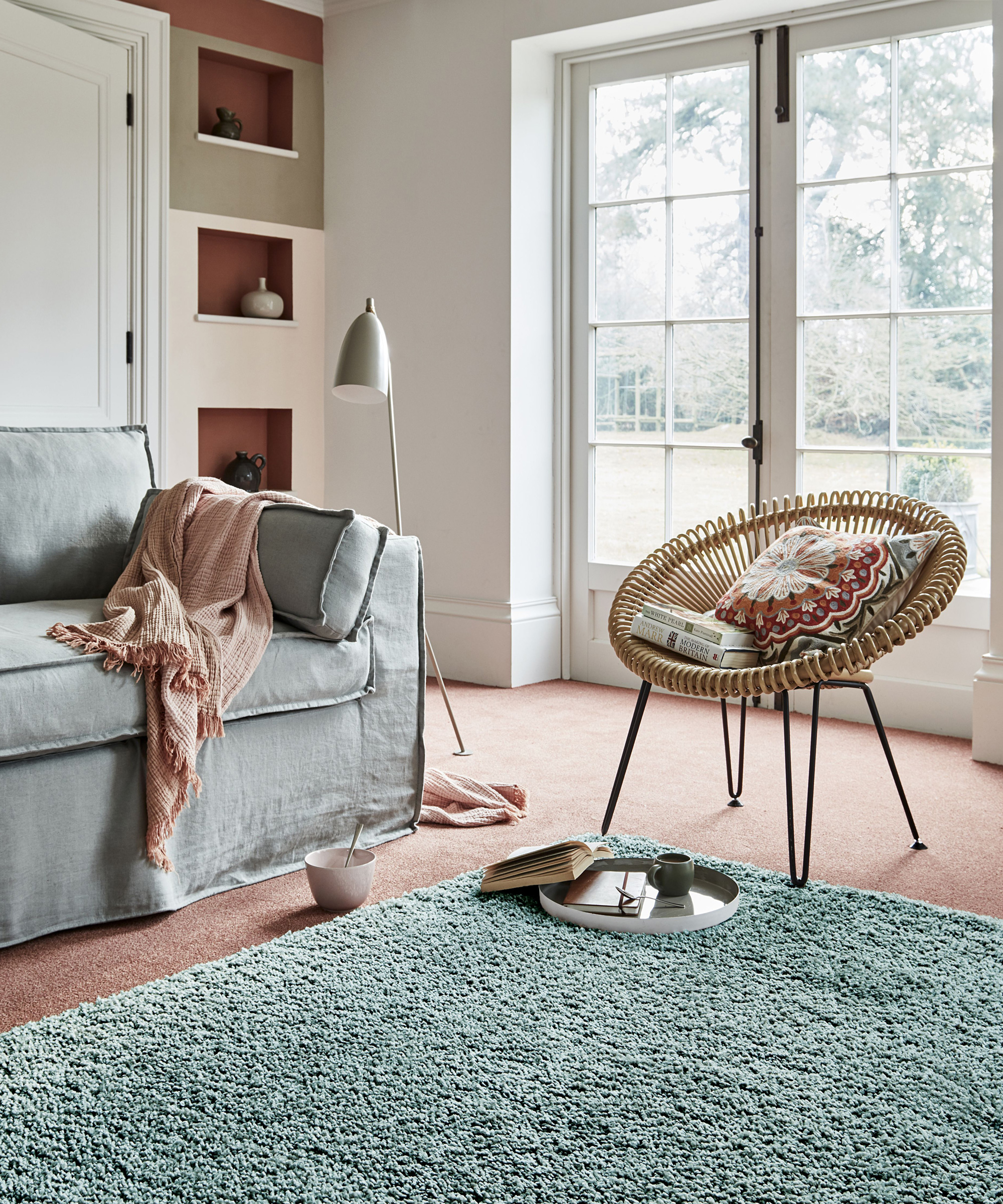
18. How to clean a pet bed with baking soda
You will get a similar effect if you cover a smelly pet bed with baking soda, leave for a decent amount of time, and then vacuum it thoroughly, preferably with the best vacuum for pet hair (from our buyer's guide). Whether you are cleaning up after dogs or tidying up after cats, baking soda + vacuuming = fresh upholstery and carpets.
19. How to get rid of household smells with baking soda
Using bicarbonate of soda is one of the best ways to get rid of household smells, whether in carpets or mattresses. But it's great for use on cat litter trays, too. Lay down a layer of bicarb in the cat litter tray before sprinkling the litter on top to help keep the smell at bay.
20. How to clean shoes and trainers with baking soda
Running shoes and trainers can have their sweaty odor removed if you pour a layer of baking soda into each one and leave it to work its magic until the next time they’re worn. Just remember to knock it all out before the feet go back in. Baking soda is also handy if you want to learn how to wash trainers by hand – a great alternative to sticking them in the washing machine and potentially ruining them.
21. How to clean up oil stains with baking soda
For an oil stain on the garage floor or paved driveway, sprinkle the area with bicarb and then scrub it with a damp brush, rinsing and repeating if necessary.
22. Freshen up patio furniture with baking soda
Cleaning outdoor furniture with baking soda is perfect if you don't want to use commercial cleaning sprays or just don't have anything else available. If you are about to bring your patio furniture out of storage, ready for summer, spruce it up with a wipe down of baking soda and water on a cloth. If the soft furnishings that go with your outdoor furniture smell a bit musty after spending winter in the shed, sprinkle bicarb on them, leave for at least 15 minutes, and then vacuum gently.
23. Rescue your grill with baking soda
Before you get the barbecue grill going this summer, scrub it with a damp brush that has bicarb on the bristles before rinsing.
24. Stop stinky trash cans with baking soda
Stop your trash cans from smelling in the summer by sprinkling a layer of bicarbonate of soda in the bottom of them. This can apply to kitchen bins, too, of course.
25. Keep weeds at bay
You can get rid of weeds naturally by sprinkling bicarb into the cracks in your paving. Add boiling water for even more of an effect, but avoid using this method in your garden beds as you could damage the plants you want to keep.
26. De-ice slippery paths and paving with baking soda
You can also scatter baking soda onto icy paths to make them safe to walk on because it is as effective as salt, but not as corrosive.
27. Clear outdoor drains with baking soda
This method is very similar to the one you'd use on indoor drains. If your outdoor drain smells and is a bit lazy, it likely has bits of food/coffee grounds stuck in it, which is where baking soda comes in handy. Pour a whole pack of it down the drain, pour in a little vinegar and boiling water. Leave for a few hours or overnight, then flush the drain with your garden hose.
28. Cleanse your patio with baking soda
If you want to try a DIY patio cleaner, all you need is some baking soda and vinegar. Clear your patio of any debris and dust, work the mixture of baking soda and vinegar into the patio with a stiff brush, leave for several hours, then wash off with a pressure washer set on a low setting. Baking soda is especially good for washing concrete patios as it's gentle.
29. Use it as an insecticide/pesticide in your garden
Baking soda is a natural pesticide and fungicide, making it a great aid in organic gardening. A 50-50 mix of baking soda and water is very effective at tackling caterpillars on your cabbages, while a solution of baking soda, dishwashing liquid and vegetable oil can help tackle fungal diseases such as powdery mildew in your plants. Just be careful not to use this mixture too often, as the sodium can accumulate in soil and become toxic.
30. Use it to remove salt marks from your containers
If your old terracotta pots are looking past their prime due to salt deposits becoming visible on the surface, you can use baking soda to remove these marks. Make a paste with baking soda and water, work it into your pots (while they're empty, of course), leave for half an hour, then rinse.
How does baking soda cleaning work?
Baking soda is a super-effective but gentle abrasive cleaner and natural deodorizer. Although tons of us keep it in our cupboard to use as a leavening agent in cooking, it’s a form of salt that causes dirt and grease to dissolve in water, as well as being brilliant at absorbing odors.
Baking soda is alkaline, with a pH of 8.3. Mixed with water, it forms an alkaline solution that's especially brilliant at dissolving acidic stains of organic origin (think greasy food stains).
Are bicarbonate of soda and baking soda the same thing?
Are baking soda and bicarbonate of soda the same thing? Yes, baking soda and bicarbonate of soda are the same thing. Baking soda is the American name for what in the UK and Australia is bicarbonate of soda.
Can you mix baking soda with vinegar to clean?
In addition to tackling so many cleaning and freshening tasks both inside and outside your home, when it’s combined with white wine vinegar, the dynamic duo produces a fizzy chemical reaction that works wonders in the kitchen and bathroom. Cleaning your home with vinegar can yield great results, but it's even better when combined with baking soda.
How much baking soda do you need for cleaning?
That tiny tub of baking soda that you have on your kitchen shelf won’t last you very long once you start to reach for it everyday, so look online for a larger, money-saving quantity, such as Hexeal's 5kg bucket of bicarbonate of soda or Dri-Pak's 1kg bags of soda crystals specifically for cleaning purposes.
What can't you clean with baking soda?
Aluminum cookware will discolor if bicarbonate of soda is allowed to sit on its surface for too long, so if you do use it, rinse it off quickly.
Antique silver: despite the fact that baking soda is good for removing tarnish from silverware, some jewellers advise against using it on antique silver because it can be too abrasive on items that aren’t made from sterling silver.
Jewelry: don’t use it on any jewelry decorated with inset jewels such as turquoise or pearls.
Gold-plated items: if you have any dinner services with a gold rim or gold accents, bear in mind that gold is a soft metal and is easily scratched – even with a light abrasive like bicarbonate of soda.
Marble surfaces: stone manufacturers don’t recommend using baking soda as a marble cleaner because repeated applications can cause the sealant to wear away.
Join our newsletter
Get small space home decor ideas, celeb inspiration, DIY tips and more, straight to your inbox!
-
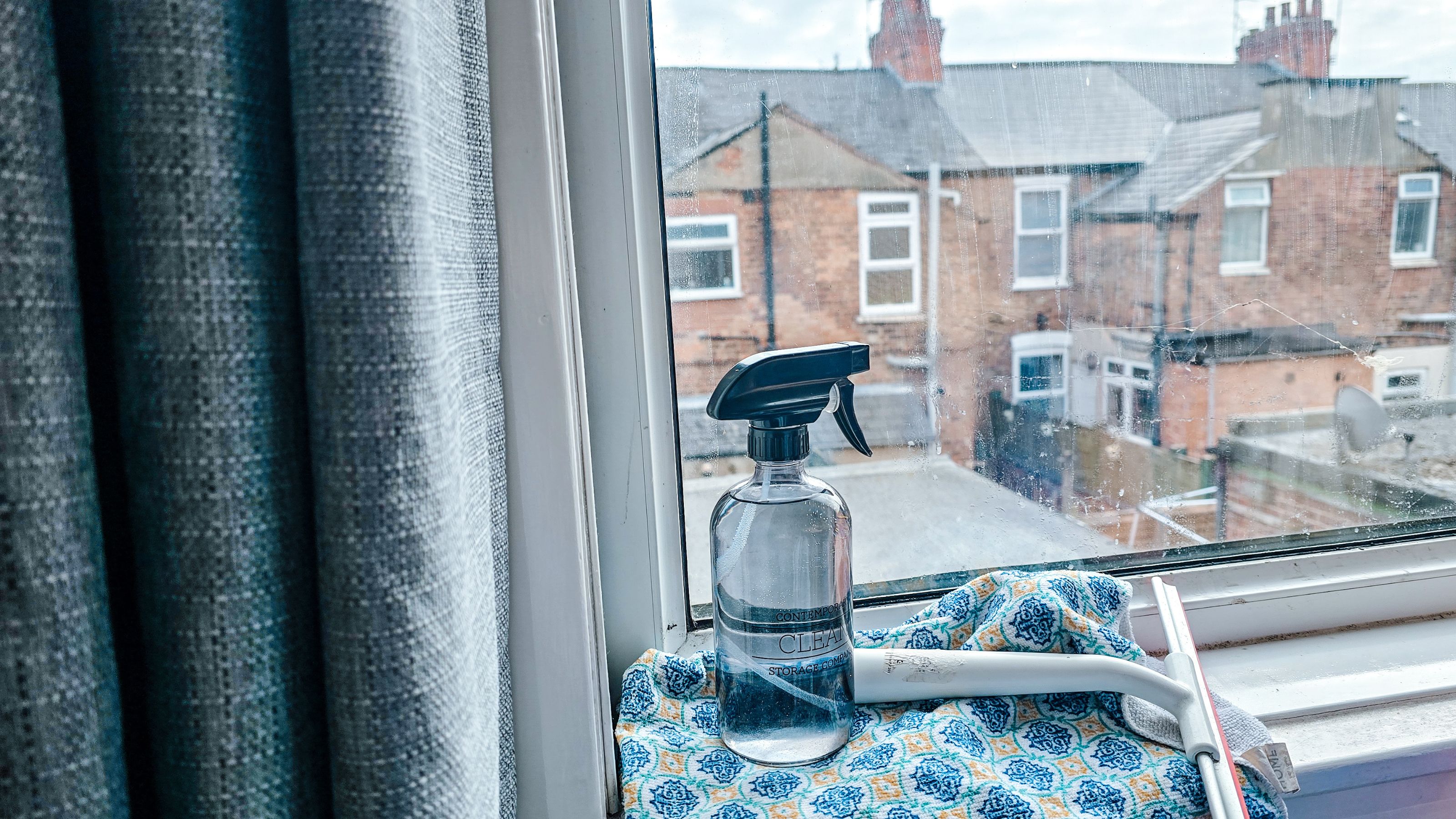 How to clean windows without streaks — 5 easy steps that cleaning pros always follow
How to clean windows without streaks — 5 easy steps that cleaning pros always followThis method on how to clean windows is favored by professional cleaners. We've asked them for the steps you should follow, plus picked cleaning buys
By Eve Smallman
-
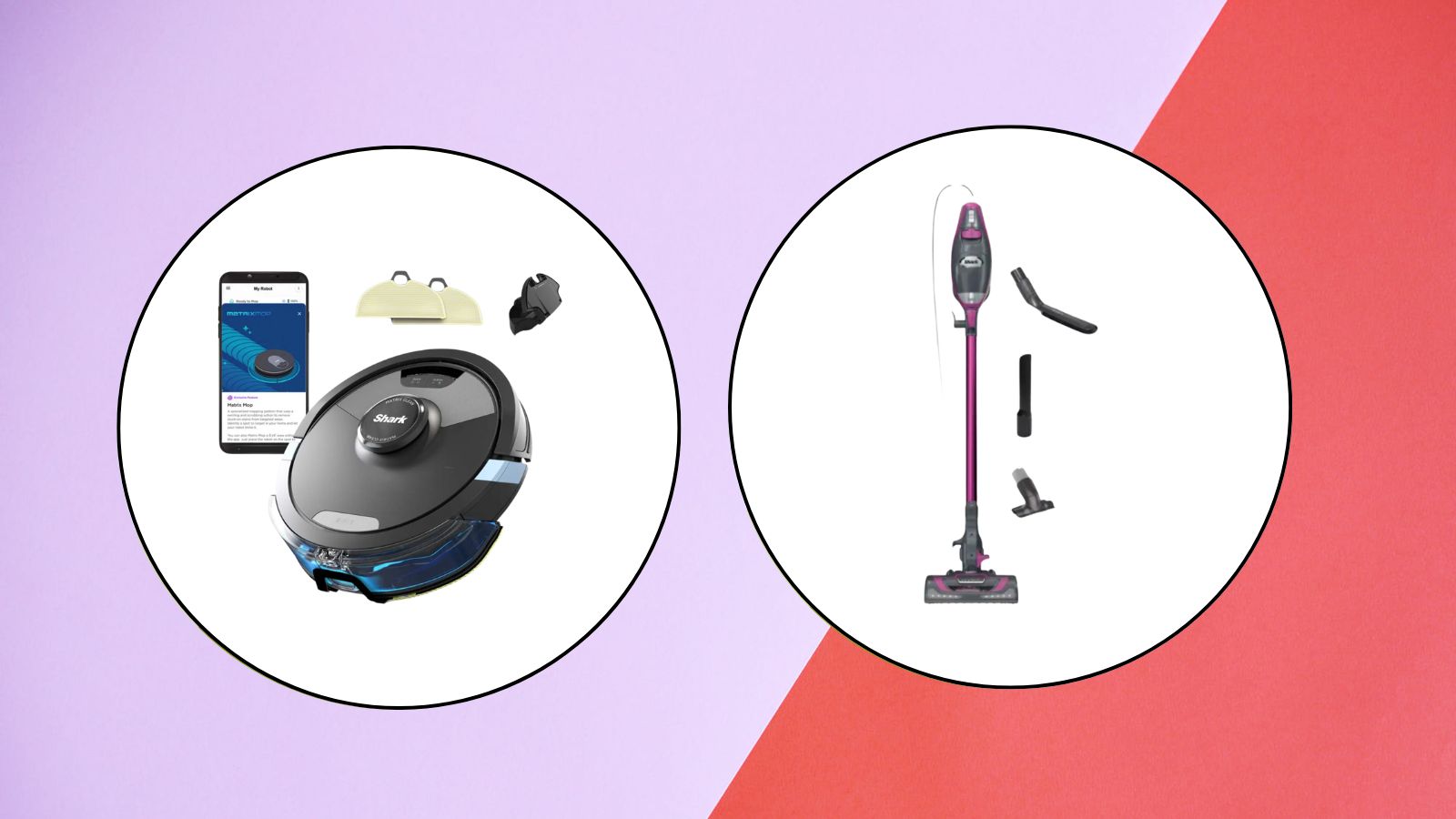 The latest Shark sale deals are perfect for pollen-proofing your home — with up to $150 off our favorite vacuums
The latest Shark sale deals are perfect for pollen-proofing your home — with up to $150 off our favorite vacuumsWe found the latest Shark sale deals on vacuums that are sure to be swooped up, especially as spring blooms trigger pollen allergies and we're in need of extra cleaning
By Danielle Valente
-
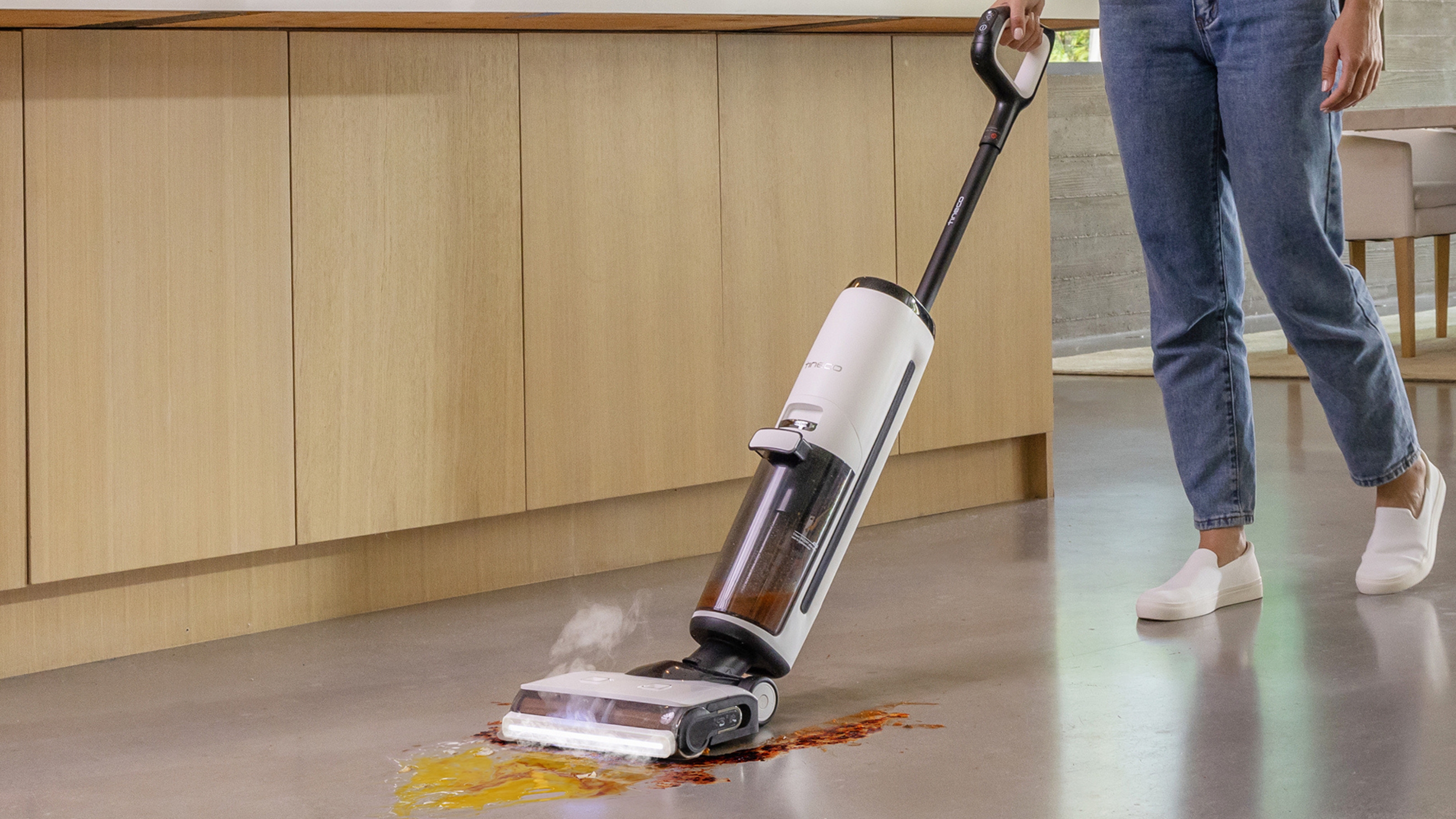
 Tineco Floor One S7 steam wet-dry vacuum review — spotless floors with minimal effort
Tineco Floor One S7 steam wet-dry vacuum review — spotless floors with minimal effortOur contributing editor, Camryn Rabideau, tests the Tineco Floor One S7 steam wet-dry vacuum in her New England homestead property
By Camryn Rabideau
-
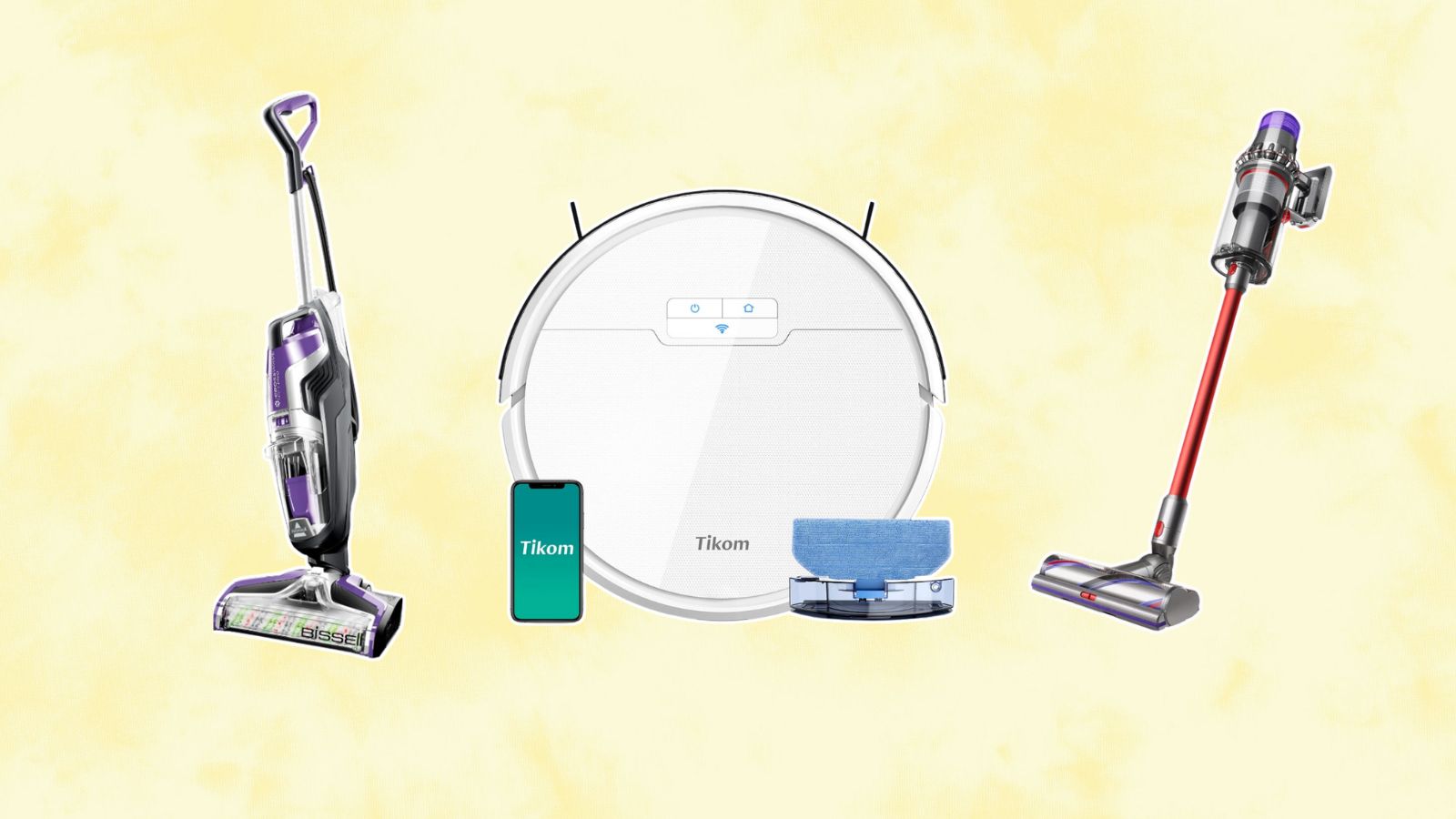 Amazon vacuum cleaners to nab during the retailer's Big Spring Sale — save up to 60% off our go-to small-space finds
Amazon vacuum cleaners to nab during the retailer's Big Spring Sale — save up to 60% off our go-to small-space findsChecking out the savings on Amazon? Vacuum cleaners are a must-buy during their first Big Spring Sale — here are our favorites up to 60% off
By Danielle Valente
-
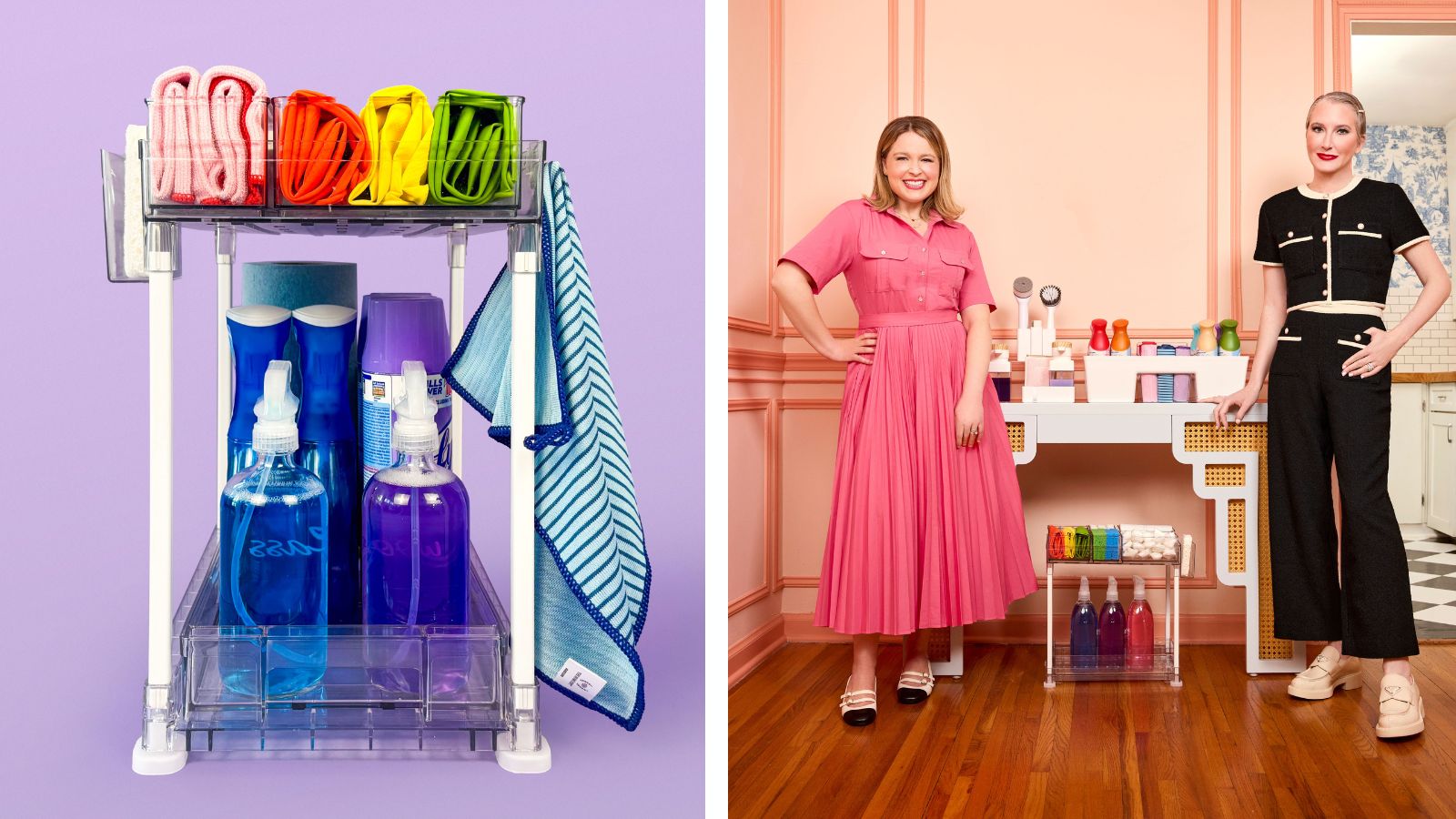 The Home Edit Walmart cleaning collection has just debuted with finds from $3
The Home Edit Walmart cleaning collection has just debuted with finds from $3Spring cleaning, anyone? The Home Edit Walmart cleaning collection has hit shelves with picks from $3
By Danielle Valente
-
 How to clean carpet on stairs — 3 simple steps to a spruced up staircase
How to clean carpet on stairs — 3 simple steps to a spruced up staircaseWant to know how to clean carpet on stairs? Our experts explain the simple steps to a sparkling stairway without too much elbow grease
By Andy van Terheyden
-
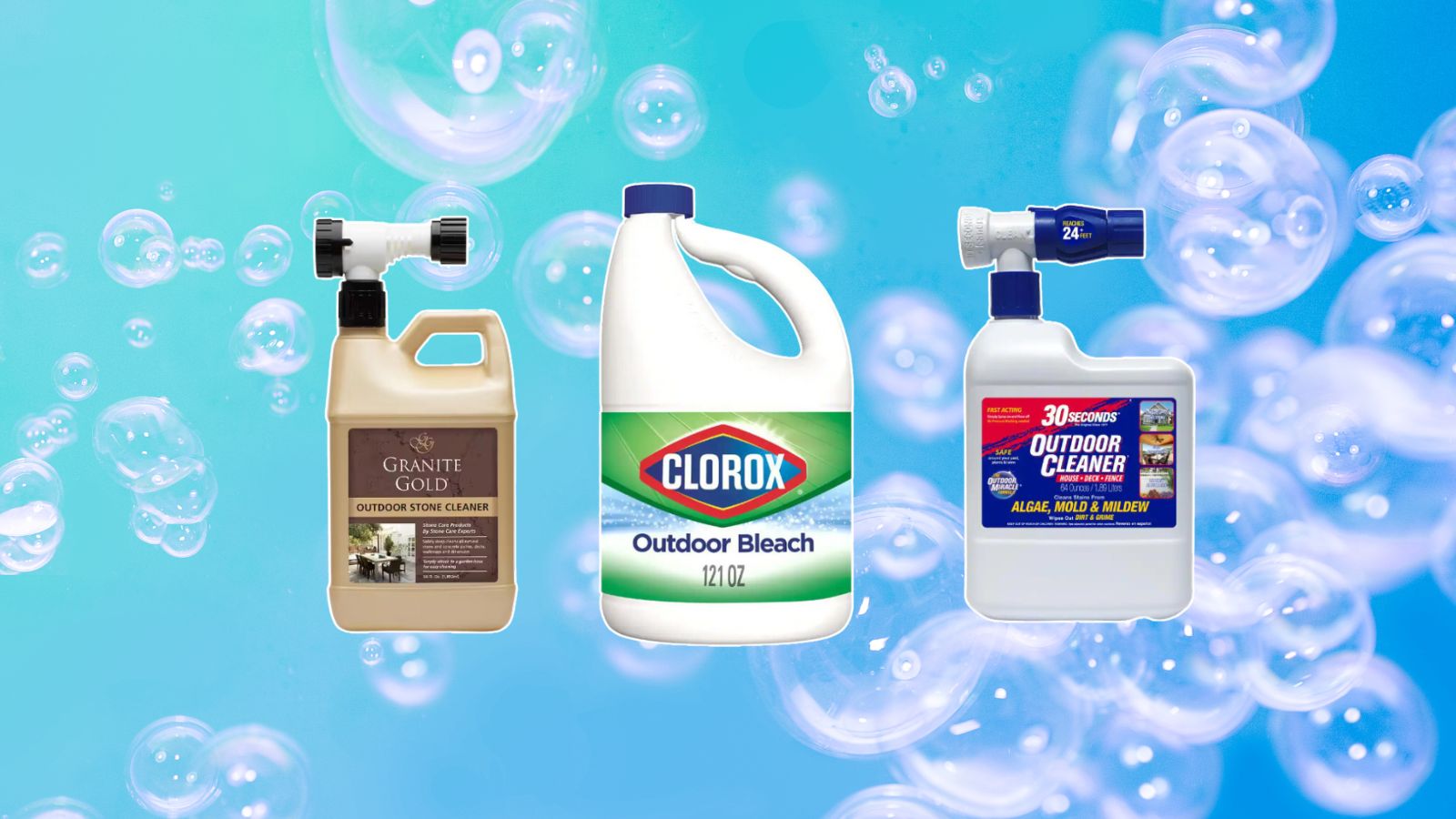 The Home Depot backyard and patio cleaning supplies we're stocking up on before spring
The Home Depot backyard and patio cleaning supplies we're stocking up on before springDon't forget the outdoors when spring cleaning — The Home Depot backyard and patio cleaning buys from $11 will assist with tidying up
By Danielle Valente
-
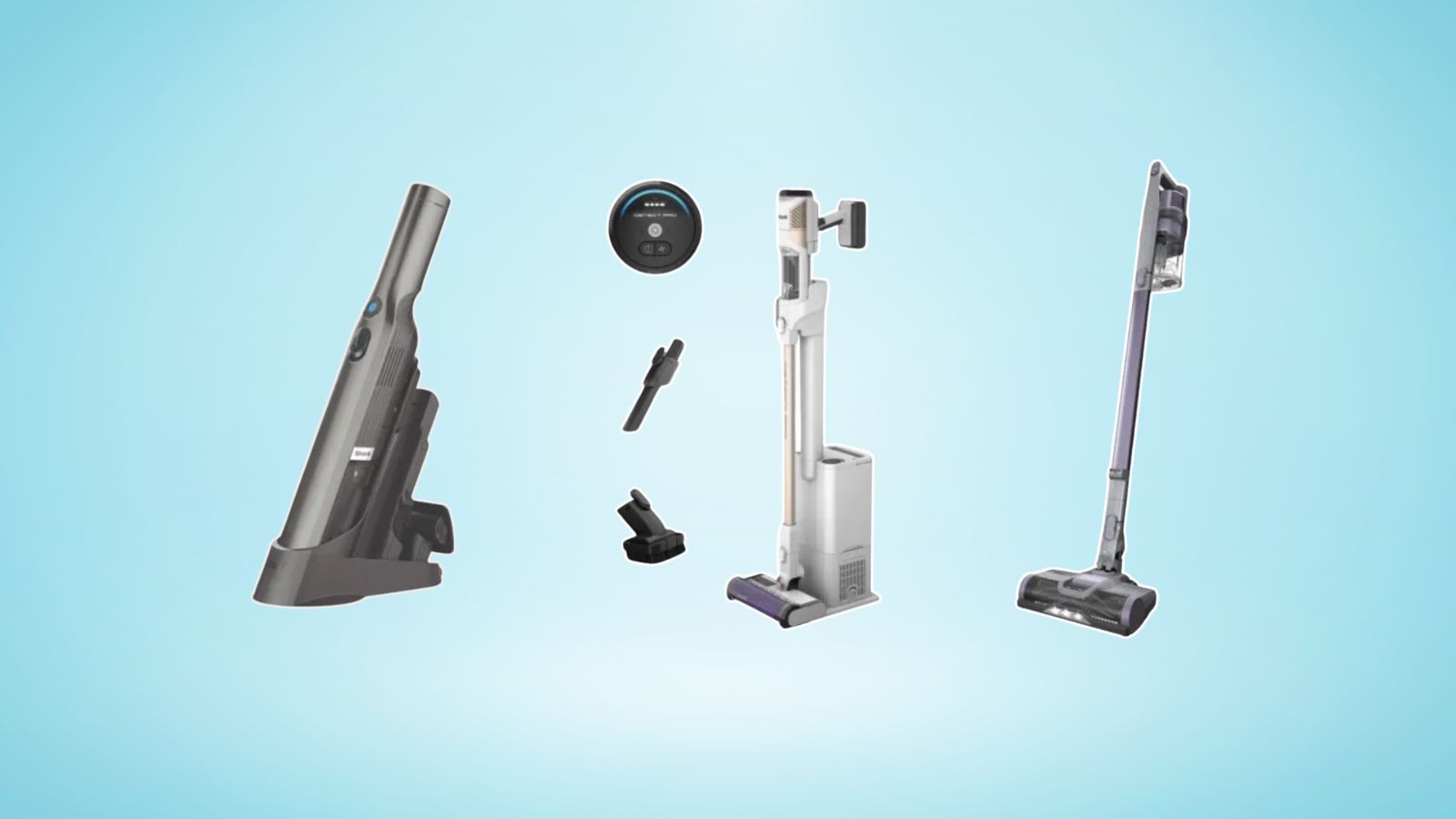 The Shark Detect Pro vacuum and other models are on sale for St Patrick's Day — perfect picks for your spring clean
The Shark Detect Pro vacuum and other models are on sale for St Patrick's Day — perfect picks for your spring cleanWhether you're eyeing the Shark Detect Pro Vacuum or Shark Pet Cordless Stick Vacuum, shop the St. Patty's Day sale for a discount on the best vacuums on shelves
By Danielle Valente